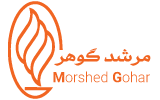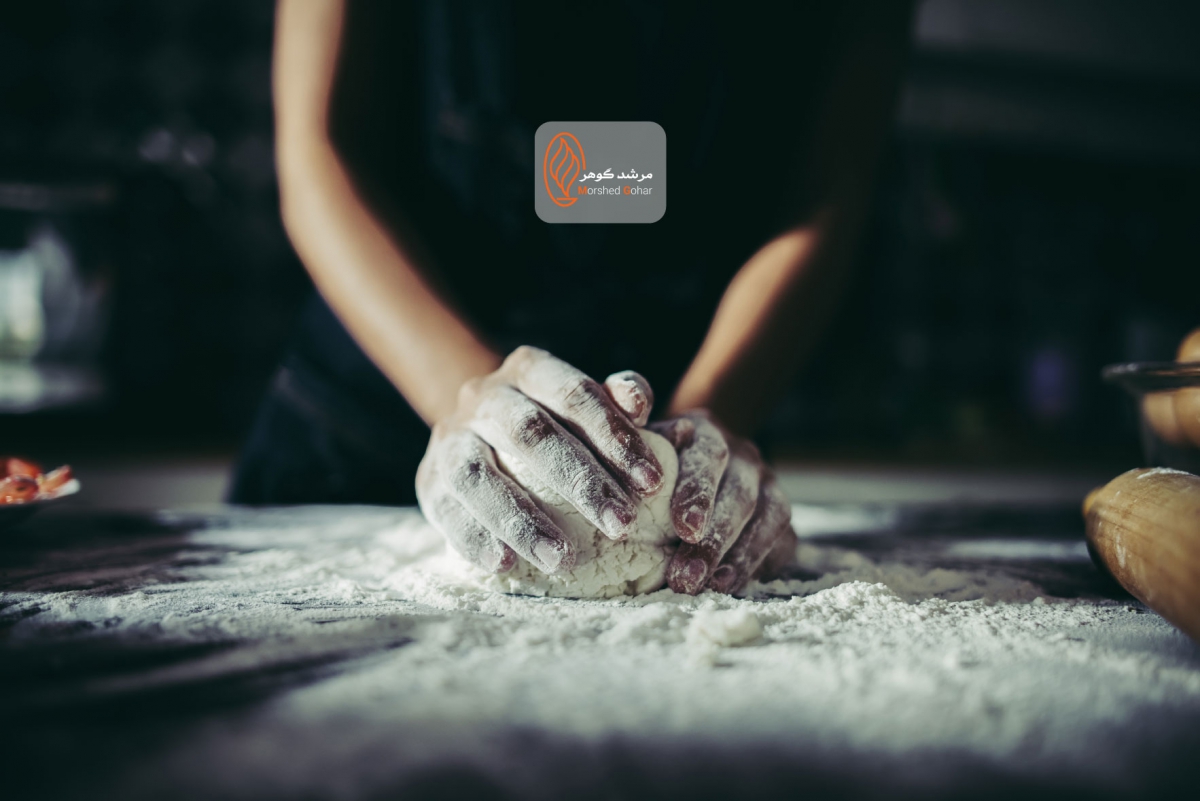Soda bread is a variety of quick bread traditionally made in a variety of cuisines in which sodium bicarbonate (otherwise known as “baking soda”) is used as a leavening agent instead of the traditional yeast. The ingredients of traditional soda bread are flour, baking soda, salt, and buttermilk. The buttermilk in the dough contains lactic acid, which reacts with the baking soda to form tiny bubbles of carbon dioxide. Other ingredients can be added such as butter, egg, raisins, or nuts. An advantage of quick breads is their ability to be prepared quickly and reliably, without requiring the time-consuming skilled labor and temperature control needed for traditional yeast breads.
Origin
During the early years of European settlement of the Americas, settlers and some groups of Indigenous peoples of the Americas used soda or pearl ash, more commonly known as potash (pot ash) or potassium carbonate, as a leavening agent (the forerunner to baking soda) in quick breads. In the US, soda breads were first publicised by Amelia Simmons as a quick and cheap method of bread making in her book American Cookery, published in 1796. By 1824, The Virginia Housewife by Mary Randolph was published containing a recipe for Soda Cake.
In Europe, soda breads began to appear in the mid-19th century when bicarbonate of soda first became available for use as a raising agent. Breads, griddle cakes and scones with bicarbonate of soda, plus cream of tartar or tartaric acid became popular in Austria, Britain, Ireland and Poland. Traditional soda bread, eaten in Serbian cuisine, also uses bicarbonate of soda, particularly the traditional česnica (Serbian Cyrillic: Чесница), a soda bread made at Christmas.
Ireland
Home-made Irish brown soda bread
In Ireland, the flour is typically made from soft wheat, so soda bread is best made with a cake or pastry flour (made from soft wheat), which has lower levels of gluten than a bread flour. In some recipes, the buttermilk is replaced by live yogurt or even stout. Because the leavening action starts immediately (compared to the time taken for yeast bread to rise), bakers recommend the minimum amount of mixing of the ingredients before baking; the dough should not be kneaded.
Various forms of soda bread are popular throughout Ireland. Soda breads are made using wholemeal, white flour, or both. In Ulster, the wholemeal variety is usually known as wheaten bread and is normally sweetened, while the term “soda bread” is restricted to the white savoury form. In the southern provinces of Ireland, the wholemeal variety is usually known as brown bread and is almost identical to the Ulster wheaten. In some parts of Fermanagh, the white flour form of the bread is described as fadge.
The “griddle cakes”, “griddle bread” (or soda farls in Ulster) take a more rounded shape and have a cross cut in the top to allow the bread to expand. The griddle cake or farl is a more flattened type of bread. It is cooked on a griddle, allowing it to take a more flat shape, and it is split into four sections. The soda farl is one of the distinguishing elements of the Ulster fry, where it is served alongside potato bread, also in farl form.
Scotland
In Scotland, varieties of soda breads and griddle sodas include bannocks and farls (Scots: fardel, “a fourth”), “soda scones”, or “soda farls”, using baking powder or baking soda as a leavening agent giving the food a light and airy texture.
Bannocks are flat cakes of barley or oatmeal dough formed into a round or oval shape, then cooked on a griddle (Scots: girdle). The most authentic versions are unleavened, but from the early 19th century bannocks have been made using baking powder, or a combination of baking soda and buttermilk or clabbered milk. Before the 19th century, bannocks were cooked on a bannock stone (Scots: stane), a large, flat, rounded piece of sandstone, placed directly onto a fire, then used as a cooking surface. Several varieties of bannock include Selkirk bannocks, beremeal bannocks, Michaelmas bannock, Yetholm bannock, and Yule bannock.
The traditional soda farl is used in the full Scottish breakfast along with the potato scone (Scots: tattie scone).
Serbia
Members of a Serbian family break soda bread or česnica at a Christmas dinner
In Serbian tradition, soda bread is prepared by various rules and rituals. A coin is often put into the dough during the kneading; other small objects may also be inserted. At the beginning of Christmas dinner, the česnica is rotated three times counter-clockwise, before being broken among the family members. The person who finds the coin in his piece of the bread will supposedly be exceptionally lucky in the coming year. Before baking, the upper surface of the loaf may be inscribed with various symbols, such as a Christogram, or stars, circles, and impressions of keys or combs.
Australia
Damper is a traditional Australian bread prepared in a similar style to the pan breads found in North American and native Inuit cuisine. First documented in 1827 and prepared by farm-men, damper was a quick and easy way to prepare bread in the Australian bush. The word “damper” derives from the English word “to snack” or to dampen the flour in the fire of one’s appetite.




Leave A Comment